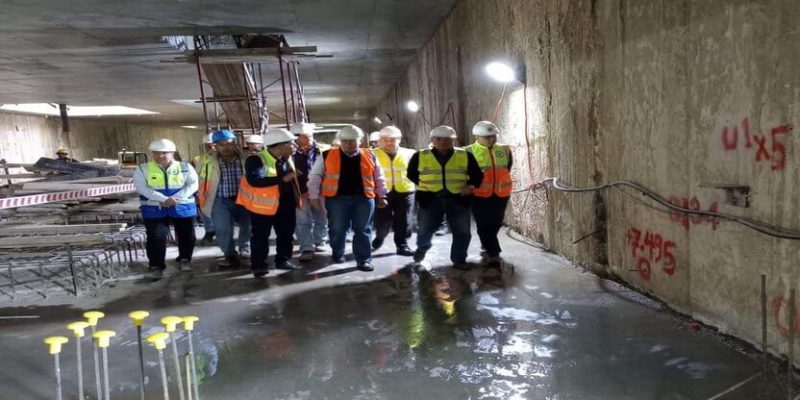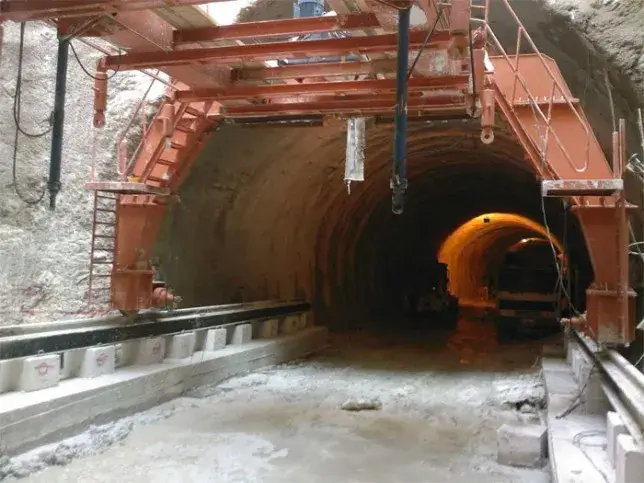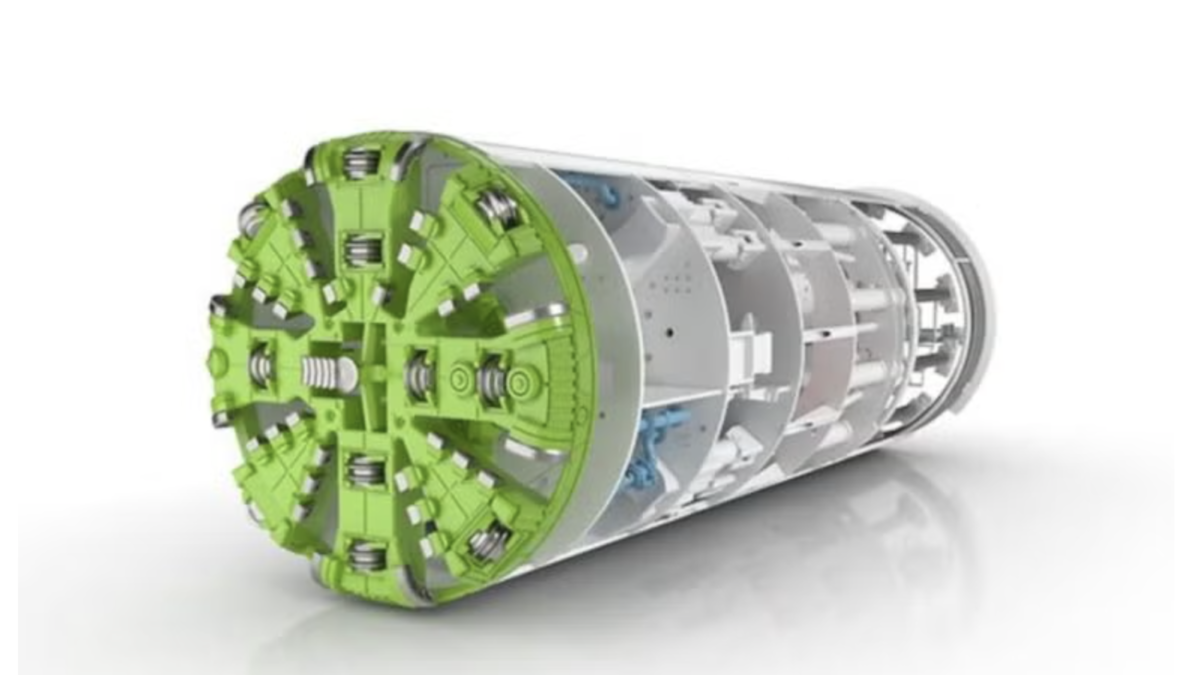
Engineer Sayed Farouk, CEO & Chairman of the Arab Contractors Company, visited the Cairo Metro Line 4 project in December 2022 to follow up on the work progress.
First, there was a meeting to investigate the project’s implementation status. The inspection tour comprised the stations of the Grand Egyptian Museum n. (4) and El Ahram n. (6).
Under the supervision of the Ministry of Transport and the National Authority for Tunnels, the Cairo Metro Line 4 is being implemented. The Arab Contractors Company executed the diaphragm wall of station n. 4, which is in front of the Grand Egyptian Museum. In addition, the diaphragm wall of Al Ahram station n. 6 has been completed and the work is continuing in El Talbiya station n. 10. The CEO examined the concrete segment production factory, reviewed the production plans, and demanded max operating capacity.
The CEO reviewed the mobilization yard for the TBM’s accessories beside station n. 6 to assure its readiness to receive the TBM for the scope of work of the Arab Contractors.
The Cairo Metro Line 4 is the base for connecting 6 October City and New Cairo with the Metro network. It delivers transportation services for the high-density population areas in El Haram – Faysal – El Omraniya – Giza- Naser City – Al Azhar University - New Cairo.
The Cairo Metro Line 4 benefits the archaeological areas in Giza and the Grand Egyptian Museum, links the far west of Greater Cairo to the far east, and plays a part in absorbing the dense surface transport movement on the route of the line, attaining sustainable development in the Greater Cairo region, and eradicating the problem of environmental pollution.
The fourth metro line is said to be 42 km long, comprising 38 stations, and is predicted to enter passenger operation by February 2028 and transport 2 million passengers per day. The construction is divided into two Phases.

The first phase will cost a total of $3.8 billion and contain the boundaries of the 6th of October City, Al Haram, El Remaya Square, Al Malek Al-Saleh, and Amr Ibn Al-Aas. The 19 km section links Cairo, Giza, and the 6th of October governorate. It includes 16 stations triggering from the exchange station (Hadaek Al Ashgar) on the borders of 6th of October City and will pass down the Nile to the El Malek El Saleh station to cross the first line of the metro (Al Marj, Helwan) at the same station until it arrives at Amr bin Al-Aas station, which is claimed to be the last station of the fourth line’s first phase.
- The western section of Cairo Metro Line 4 – Phase 1 is 13km long and incorporates 12 stations: Hadayek El Ashgar - Hadayek El Ahram – El Nasr – Grand Egyptian Museum - El Remaya Square – El Ahram – El Marrioutiya – Al Areesh – El Matbaa – El Talbiya – Madkour – El Mesaha Square.
- The eastern section between El-Mesaha Square Station and El Fust (turning back point) is roughly 5 km and has four subway stations.
The second phase comprises Amr Ibn Al-Aas, Nasr City, and New Cairo. This stage is 23 km long and contains 20 stations, initiating from Amr bin Al-Aas station, which it shares with the first phase, passing through Salah Salem Street and the castle, then the Manshiyat Naser area, then Al-Duwayqa, Al-Arab region, the Arab Contractors Club and the Railroad Club, passing through Al-Azhar University, Al-Shahid Axis and Mustafa Al-Nahas Street, Al-Tayaran Street, Abbas Al-Akkad, Makram Ebeid and Hassan Al-Maamoun Street. It reaches the 10th district in Nasr City and Zahraa Madinat Nasr to cross the ring road and then to the Al Warsha area east of the ring road and northern Egypt’s Suez desert.
The Minister of Transport and International Cooperation signed the second part of concessional development on 3 January with the Japanese Embassy and the Japanese Agency for International Cooperation (JICA). It is financing to implement Line 4 phase 1 of the metro with Japan, at a worth of USD301 million, to improve the country’s development efforts in transportation to become more sustainable and deliver Modern means of transportation that accommodate the population density in Greater Cairo. Further details are available here and here.
















